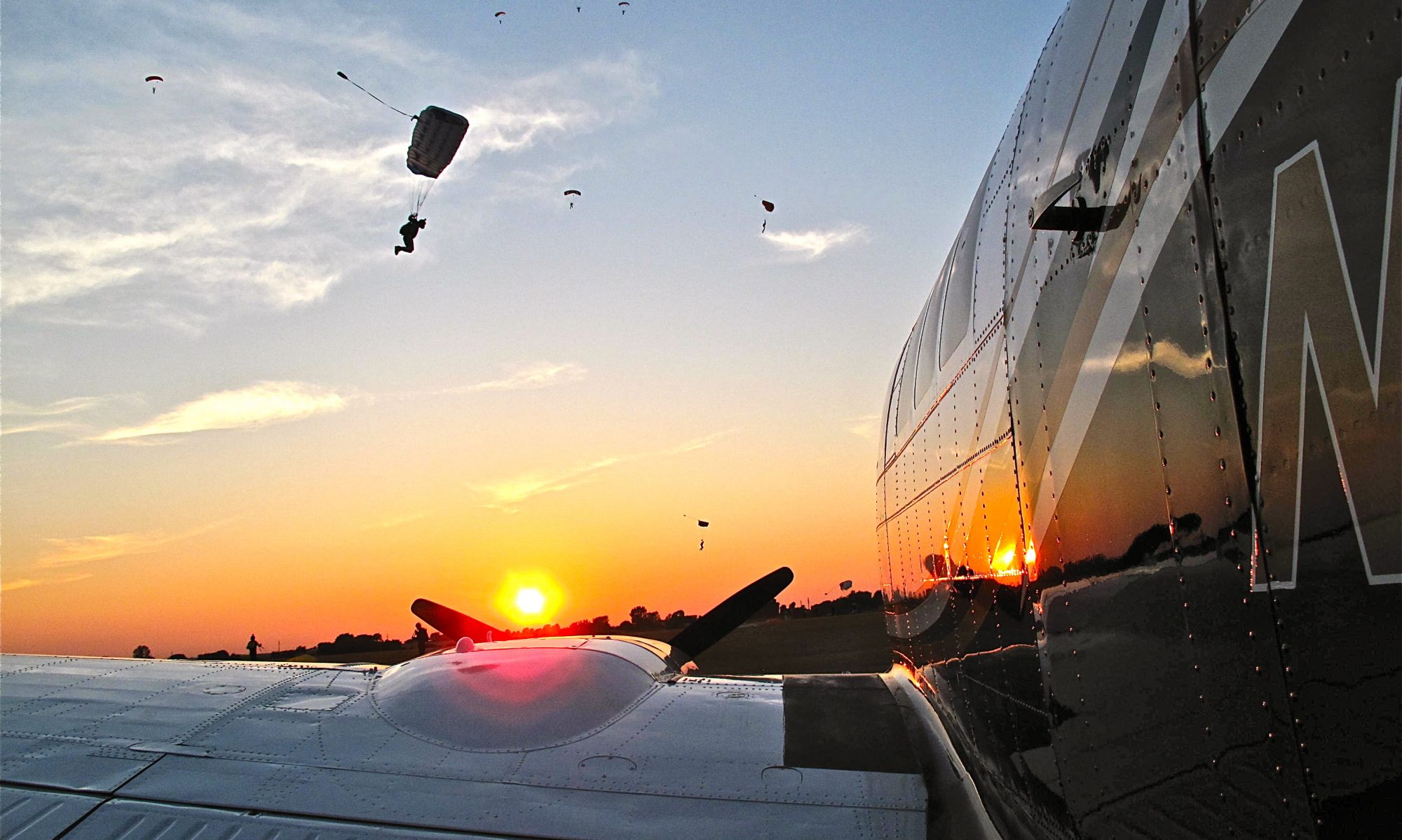An interesting write-up on one of the biggest killers in aviation, the base to final stall/spin crash. The article does a good job of showing the different effects between a skid and a slip.
You may have heard that a skid during a stall is more dangerous than a slip, and it’s true. But, why?
Stall-spin accidents have been a problem since the first days of flight. Most of us are simply taught to keep an aircraft coordinated when stalling. But, the problem is, most stall-spin accidents don’t happen during an intentional stall. They usually happen unintentionally and down low – like when you’re turning base to final.
Here’s a common scenario: You’re turning left base to final, but you’re going to overshoot the runway. What do you do? Here’s what you absolutely shouldn’t do: You add left rudder to tighten the turn, but you don’t keep the bank and rudder coordinated – putting the airplane into a skid.
What can happen next is pure disaster. The skid causes an over banking tendency, which you counter by adding opposite aileron (often subconsciously). That also pulls the nose down, which you oppose with elevator. Suddenly the aircraft stalls and snaps to the left in an incipient spin. At 700′ AGL, you make it through about a turn before you crater into the ground.










